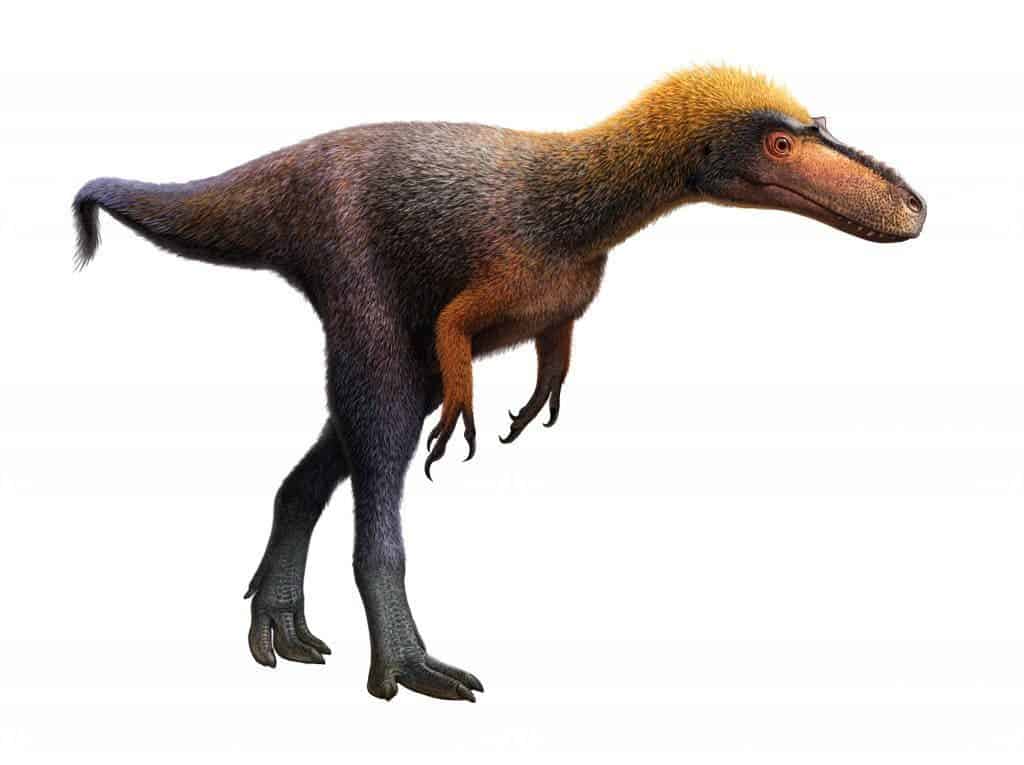A few dozen million years before T-Rex ruled the land, another, much smaller Tyrannosaur scoured about. Standing roughly 3 feet tall at the hip and about 9 feet in length, it was much less threatening, however.

Tyrannosaurs were a diverse group of predatory dinosaurs, inhabiting what is now North America, on what was then an island continent known as Laramidia. The most famous Tyrannosaur — and quite possibly the most famous dinosaur of them all — was the Tyrannosaurus Rex, most commonly known as T-Rex. However, while T-Rex 12.3 m (40 ft) in length, other Tyrannosaurs were much less frightening.
The newly named tyrannosauroid dinosaur — named Suskityrannus hazelae after the local Zuni word for coyote, ‘suski’– was only slightly larger than the skull of T-Rex, says Sterling Nesbitt, an assistant professor with the Department of Geosciences in the Virginia Tech College of Science. The dinosaur is estimated to have weighed between 20-40 kg (45-90 pounds).
However, despite obvious differences, its diet likely consisted of the same as its larger meat-eating counterpart, with Suskityrannus hazelae likely hunting small animals, although what it hunted is unknown.
Perhaps more importantly, the tiny tyrannosaur could offer some much-needed insight into the mysterious evolution of the T-Rex. The fossil dates back 92 million years to the Cretaceous Period, a time when some of the largest dinosaurs ever found lived. But T-Rex had yet to appear — it reared its gigantic head some 68 million years ago.
“Suskityrannus gives us a glimpse into the evolution of tyrannosaurs just before they take over the planet,” Nesbitt said. It also belongs to a dinosaurian fauna that just proceeds the iconic dinosaurian faunas in the latest Cretaceous that include some of the most famous dinosaurs, such as the Triceratops, predators like Tyrannosaurus rex, and duckbill dinosaurs like Edmotosaurus.
The small dinosaur features both similarities to and differences from T-Rex.
“Suskityrannus has a much more slender skull and foot than its later and larger cousins, the Tyrannosaurus rex. The find also links the older and smaller tyrannosauroids from North America and China with the much larger tyrannosaurids that lasted until the final extinction of non-avian dinosaurs,” Nesbit adds.
Both known fossils of Suskityrannus were found a long time ago but were never thoroughly analyzed until recently (one fossil was discovered by Nesbitt in 1998 when he was a high school student.
This fossil, as well as others recently discovered, help bridge a 60-million-year-old gap in Tyrannosaur fossils. Intriguingly, another such fossil presented just earlier this year was also a miniature dinosaur, raising even more questions about how T-Rex managed to reach its dominating size.
The study has been published in Nature Ecology and Evolution.
Was this helpful?



